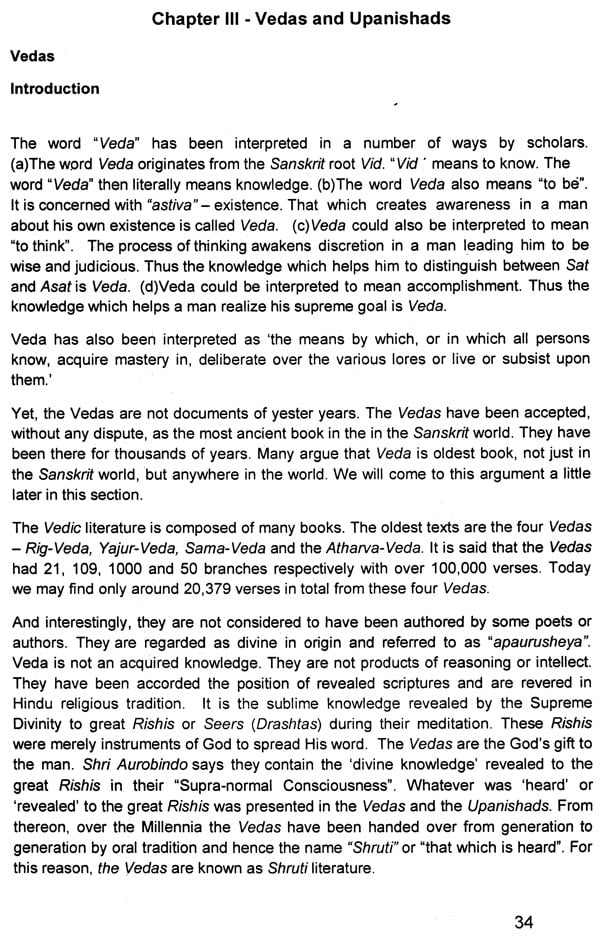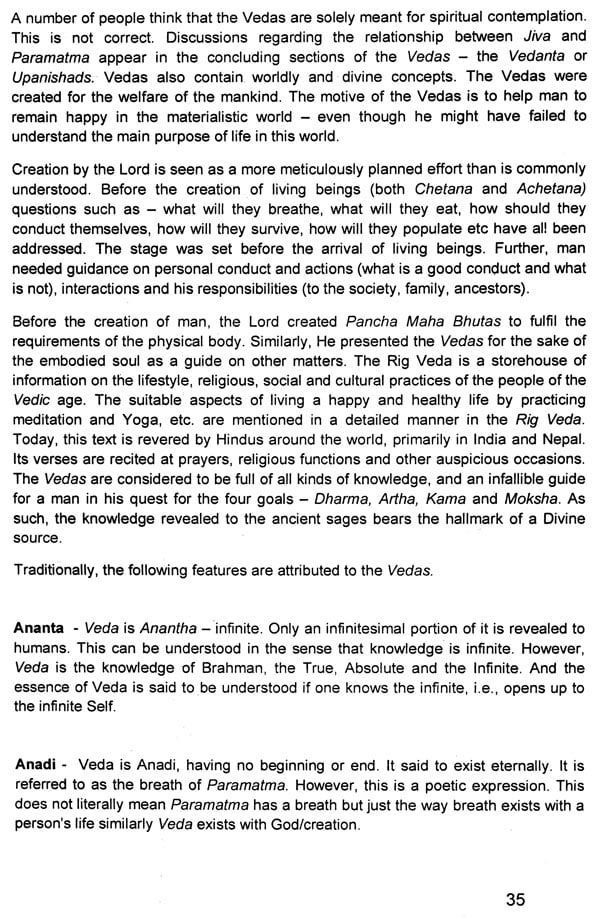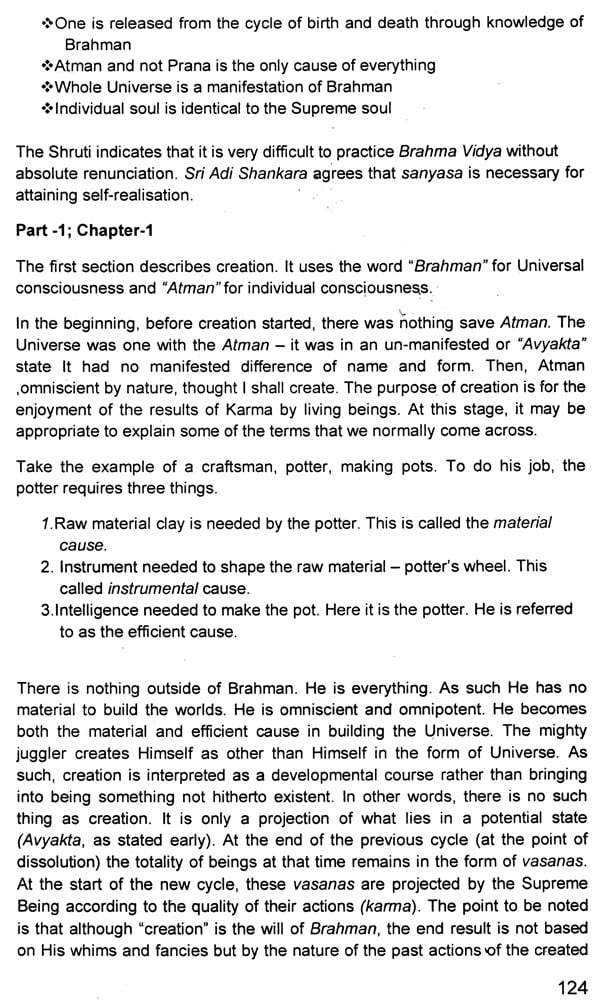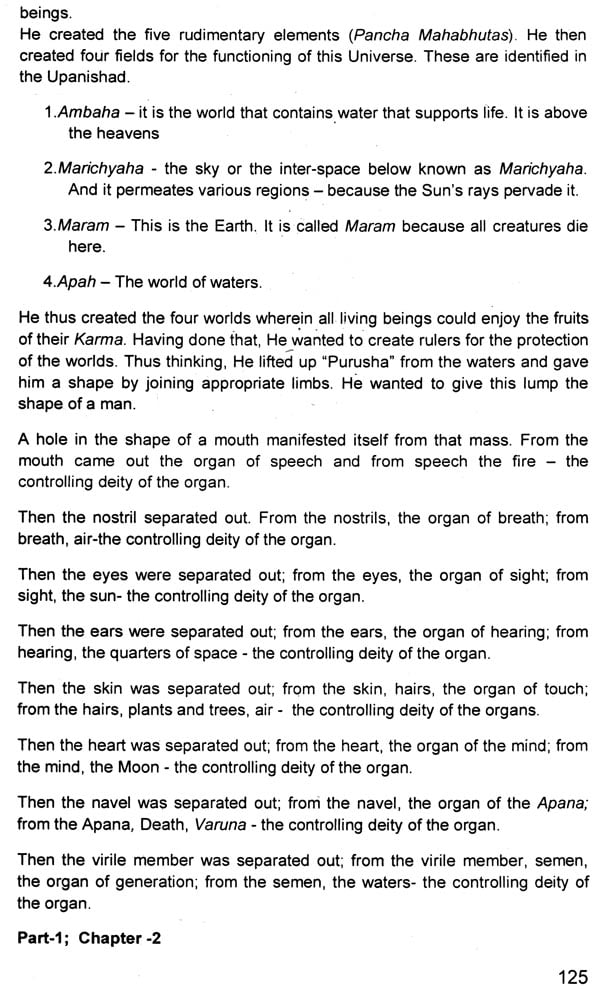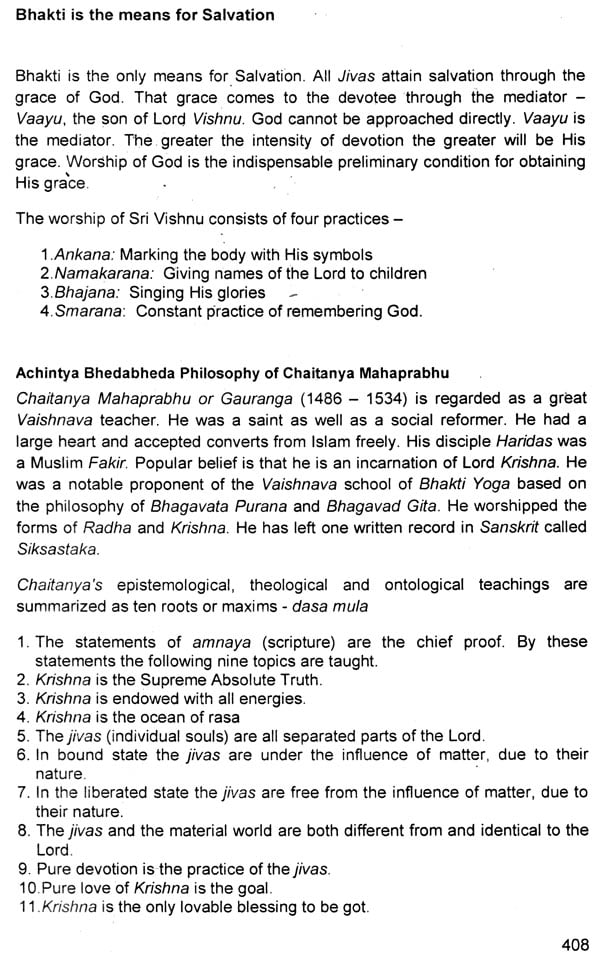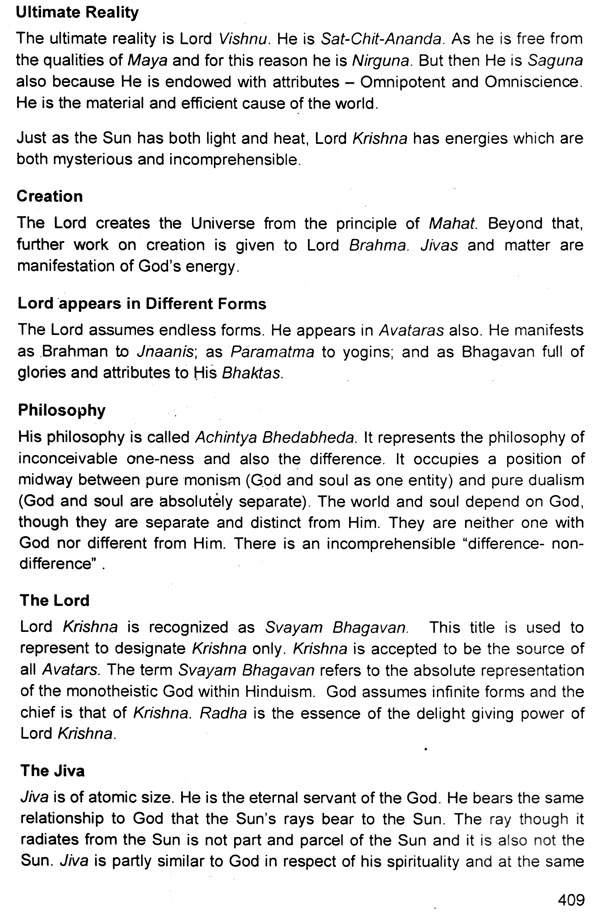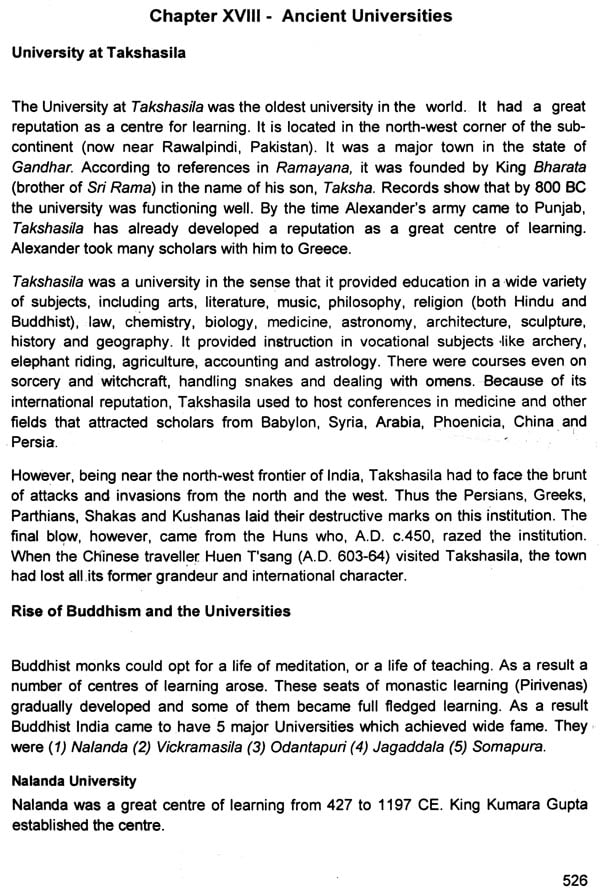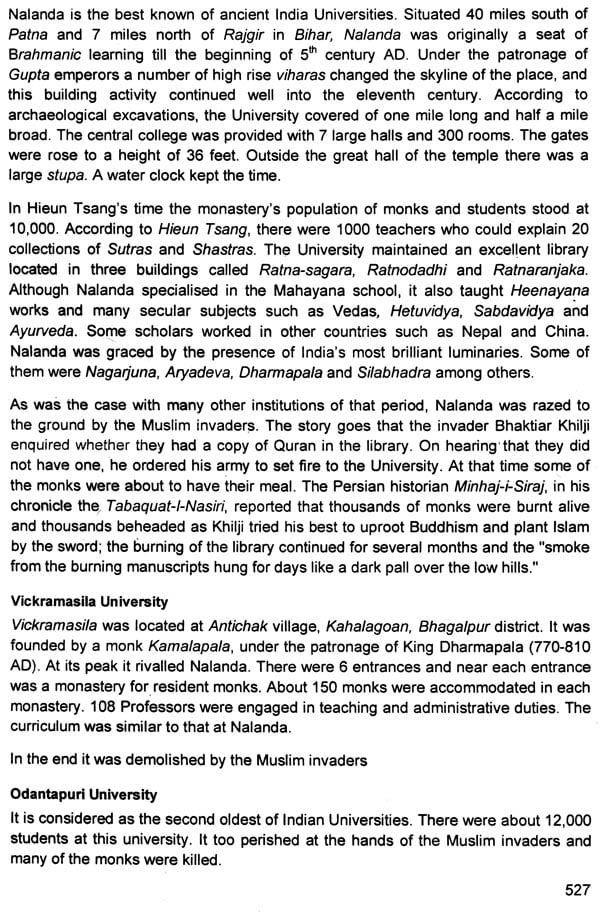
Roots (An Old and Rare Book)
Book Specification
| Item Code: | NAY734 |
| Author: | Kadambi Srinivasan |
| Publisher: | Tirumala Tirupati Devasthanams, Tirupati |
| Language: | English |
| Edition: | 2021 |
| Pages: | 554 |
| Cover: | HARDCOVER |
| Other Details | 11.50 X 9.00 inch |
| Weight | 1.42 kg |
Book Description
Suddenly he turned to all of us listening to him and shot a question - in contrast what have the Indians been doing?
I felt as if he has slapped us. What have the Indians done? Sitting on their hands?
Where shall I begin? Their contributions in Philosophy, literature, poetry, drama, education, Mathematics, Astronomy, Medicine, Surgery, Plastic surgery, Veterinary science, Economics, Political science - the list just goes on.
Gone is the old idea of an Aryan invasion. In its place, the world is accepting a continuity of Indian civilization and its literature dating back to the earliest period of history. The work done by the ancient Indian scholars in the fields of Medicine, mathematics, geometry, Astronomy and logic are being recognized to be among the earliest the world has seen. While trying to answer the question of "what have the Indians being doing?" I decided not to go by a statistical route. Plenty of information to engage in a lively argument is already available. I believe, that the way in which we visualize any particular thing is based on the outlook we entertain in respect of that thing. Usually we do not have a comprehensive idea of most of the things in this world. When we think about a subject we regard it with some blinkers limiting our vision of that subject, whereby we tend to ignore other aspects which also go to have a strong bearing on the subject. While trying to answer the question "what have the Indians been doing", to get a more comprehensive idea, I chose to unfold the various facets of Vedic culture including their literature, their philosophy, their learning etc. The entire book has been written with that question in focus.
Slowly, the world has started accepting the Indian civilization to be the earliest leading the rest of the world in spiritual, material and scientific progress.
"India was the motherland of our race, and Sanskrit the mother of Europe's languages; she was the mother of our philosophy; mother through Arabs of much of our mathematics; mother through Buddha of ideals embodied in Christianity; mother through village community, of self-government and democracy; mother India is in many ways is the mother of us all." - Will Durant; American Historian (1885-1981) What I could present in this book represents just the tip of an iceberg. Will Durant was correct in stating that India was the mother, not just of philosophy, but a majority of other subjects as well. India's glory was not like a wick that shone for brief period and then got extinguished. It shone for thousands of years shedding light on a number of subjects. In fact, the knowledge it spread, in many instances, was not limited to people within the boundary of Bharat Varsha, but to the entire world. Bhagavad Gita is a typical example. The concept of zero in the counting of numbers is another. And there are many others as well.
In this book I tried to present available information from different sources. The period covered included from the time of the Vedas up to the 15th century AD. Greatest challenge faced was in fixing the dates. More work needs to be done by our scholars in this context.
During ancient times the teaching was done at the Ashrams of the sage. These Ashrams were located far away from the cities. Students, all Brahmacharins, lived at the Ashrams. Subjects were not taught in modules or by a semester system. Typically, the students were taught eighteen Vidyas -Four Vedas, six Vedangas, two Mimamsas, one Nyaya and one Puranas / other scriptures; Along with this, four other vidyas are also taught. Ayurveda (1); Dhanurveda (1); Gandharva Veda (1); Artha Shastra (1). This brings the total of vidyas taught equal to 18. It is my wish to bring about in this book, if not entirely (some of the vidyas were not touched upon, to keep the book within reasonable size), an atmosphere of com- apprehensive learning available at the Guru Kulas in ancient India.
I don't believe the aberration that my friend suffered was an isolated case. It has to be accepted that the knowledge of general public regarding our literature, our contributions has thinned out. I am not for a moment suggesting that the cur- rent education / knowledge should be replaced by ancient learning. On the contrary, the current learning should supplement what we have achieved over the many years. A pride should be apparent on every Indian's face befitting our cultural background.
The author has compiled the information collected from different sources from the time of Vedas to 15th Century A.D. Inspite of such an industrious study, the author humbly says that this book represents just the tip of an iceberg. He also states that there is a large scope for an extensive in-depth research in this context. He submissively opines that- 'A pride should be apparent on every Indian's face befitting our cultural background'. The Author's statement influences my senses to think over it. His valuable ideas are appreciable. I am immensely happy to bring this book to the vision of the public. I also urge the readers to think widely to implement certain ideas as a supplement to their life style, because India's glory has attracted the entire world and it is on its journey even today.
The author, belonging to the field of Physics and Instrumentation has put forth his best knowledge related to Philosophy and Theism. I wish him all the best and also hope that his dreams come true.
Prof. Max Muller while recording the first voice on a Gramophone chose the first Shloka of Rig Veda "Agni Meele Purohitam". He proceeded to explain the reason for his choice - "Vedas are the oldest text of the human race. And Agni Meele Purohitam is the first verse of Rig Veda. In the most primordial time, when the people did not know how even to cover their bodies and lived by hunting and housed in caves, . Indians had attained high civilization and they gave the world universal philosophies in the form of the Vedas."
There are two important aspects about the Vedas - (a) Hindus regard that the Vedas have been received through revelation. It was not written by any man (Apaurusheya); and (b) The Vedas are without a beginning and end.
How is it possible? Swami Vivekananda explains. "By the Vedas no books are meant. They mean the accumulated treasury of spiritual laws discovered by different persons at different times. Just as the law of gravitation existed before its discovery, and would exist if all humanity forgot it, so is it with the laws that govern the spiritual world. The moral, ethical, and spiritual relations between soul and soul and between individual spirits and the Father of all spirits, were there before their discovery, and would remain even if we forgot them". The name given to the discoverers of these laws was" Kavi". The Vedas described them as kavayah salyasrulah meaning seers who were the hearers of the truth. The Veda itself was called Shruti meaning revealed scripture. The sage who had a direct intuitional perception is called Sakshalh Krutha Rishi. The sage who heard it from his Guru and remembered it is called Shrutha Rishi.
Veda have been divided into Karma Kanda (section of works and rituals) and Jnana Kanda (section of knowledge) the former associated with the hymns and the later with the Upanishads. European scholars took up the ritualistic tradition and went on to make their own etymological explanation of the words resulting in arbitrary meaning for Vedic verses. In fact, what they were looking for in Veda was the early history of India, its society, institutions - in short a picture of the times. They then invented the theory (based on the difference of languages) of an Aryan invasion from the north, and an invasion of the Dravidian India. The Indians themselves had no memory of such invasions and there were no records of such events in their classical 1 literature. Yet, this appears to have persuaded the minds of some Indians in favor of this view. All this resulted in a chaos and a mutilation of dates of historical events. As Aurobindo puts it "the Vedic religion was on this account only a worship of Nature-Gods full of solar myths and consecrated sacrifices and a sacrificial liturgy primitive enough in its ideas and contents, and it is barbaric prayers that are the much vaunted, haloed and apotheosized Veda" .. And we were left to trace our civilization and ancestors from among the ruins at Mohenjo Daro and Harappa. In recent years, Indian scholars have started work on the scientific dating of various events described in our Puranas. The Rishis, the poet seers of Veda, were men with a great spiritual and occult knowledge not shared by ordinary men. Among this enlightened group, there are a number of Rishidas (female Rishis) as well. Still the task is unfinished. To be revealed is one thing, to preserve it and pass it on is quite another thing. The mantras acquire their powers by virtue of their acoustic energy of the syllables (Shabda). In addition, correct sequence of words, purity of the language, exact pronunciation of the words, precise stress on syllables, measured pause between syllables, appropriate tone, accent, modulation and pitch of recitation, proper breath control etc are very critical. In the case of written texts comparisons may be carried out much more easily. How can you devise a system to control the requirements of Vedic texts? In addition the requirement for memorizing the entire Vedic texts existed. The Ashrams of the Rishis served as the learning centers and they were located in forests. And maintaining large libraries was impracticable. Oral Tradition Systems have been devised to meet this challenge. It is astounding that large volumes of Vedic texts were preserved by oral tradition for over thousands of years, safeguarding their purity and entirety. Svaadhyaya, the oral tradition, by which Vedas have been preserved, emphasizes the preservation of actual sound of the Vedas over their meaning and interpretation! Careful thought and planning have gone into devising methods to achieve the desired results. Oral methods have been around in other parts of the world as well but rarely has any other oral tradition been so venerated and so well preserved as the Vedic tradition.
Book's Contents and Sample Pages
